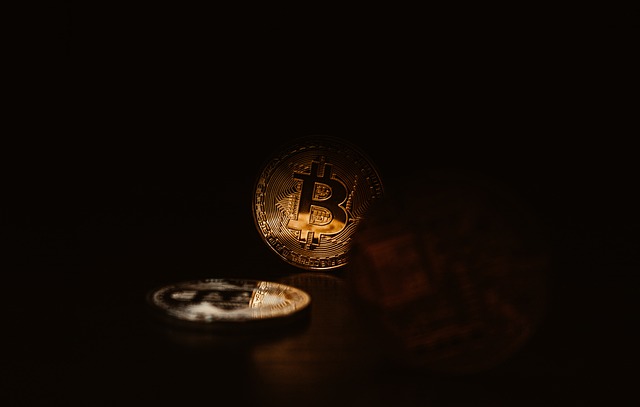In the world of finance, terms like “SEC rate” often get tossed around, leaving many scratching their heads. What exactly is the SEC rate, and why does it matter? Whether you’re a seasoned investor or just dipping your toes into the financial waters, understanding the SEC rate can be crucial. Join us on a journey through the intricacies of this concept as we unravel its meaning, explore its implications, and uncover how it affects your financial decisions.

What is the SEC Rate?
To kick things off, let’s demystify the SEC rate. SEC stands for Securities and Exchange Commission, the regulatory body overseeing securities markets in the United States. The SEC rate, however, isn’t a term you’ll find in a dictionary—it’s more of a shorthand used in financial circles to refer to various interest rates, bond yields, or even regulatory compliance metrics monitored by the SEC.
Types of SEC Rates
- Interest Rates: Often, the SEC rate can refer to benchmark interest rates that influence borrowing costs and economic activity.
- Bond Yields: In bond markets, the SEC rate might denote the yield on specific types of bonds that comply with SEC regulations.
- Compliance Metrics: For companies, the SEC rate could indicate compliance ratios or thresholds set by the SEC, affecting financial reporting and transparency.
Understanding which SEC rate is being discussed is essential, as it can drastically alter its implications for investors and businesses alike.

The Impact of SEC Rate on Investments
Investors perk up their ears when they hear about the SEC rate—after all, it can sway markets and influence investment strategies. Let’s break down how different SEC rates can impact investments:
1. Bond Yields and SEC Rate
Bond investors keep a close eye on SEC rates tied to bond yields. Here’s why:
- Higher Yields: A rising SEC rate on bonds generally means higher yields for investors, making bonds more attractive compared to other investments.
- Market Volatility: Changes in SEC rates can cause fluctuations in bond prices—understanding these dynamics helps investors navigate market volatility.
2. Interest Rates and SEC Rate
Interest rates are a cornerstone of economic health and investor sentiment. The SEC rate can influence:
- Borrowing Costs: Businesses and individuals alike feel the impact of SEC rate changes through altered borrowing costs.
- Consumer Spending: Higher SEC rates can deter consumer spending, affecting various sectors of the economy.
3. Compliance Metrics and SEC Rate
For corporations, SEC rates tied to compliance metrics can shape:
- Financial Reporting: Meeting SEC rate thresholds ensures transparency and regulatory compliance, bolstering investor confidence.
- Market Perception: Companies exceeding SEC rate expectations may enjoy positive market perception and investor trust.

FAQs About SEC Rate
Q: How often does the SEC change its rates?
A: The SEC itself doesn’t set interest rates like a central bank. Instead, SEC rates are influenced by broader economic factors and market conditions.
Q: Can individual investors influence SEC rates?
A: Indirectly, yes. Investor behavior can impact market demand for securities, which in turn affects SEC rates.
Q: Are SEC rates the same as APR?
A: Not quite. SEC rates encompass various metrics beyond annual percentage rates (APRs), including bond yields and compliance thresholds.
Q: How can I monitor SEC rates?
A: Financial news outlets, market reports, and SEC filings provide insights into current SEC rates and their implications.

Conclusion
The SEC rate isn’t just financial jargon—it’s a vital cog in the machinery of the global economy. Whether you’re investing in bonds, monitoring interest rates, or ensuring regulatory compliance, understanding the SEC rate empowers you to make informed decisions. As you navigate the complexities of finance, remember to stay informed, stay curious, and keep an eye on how SEC rates evolve. After all, your financial journey is as unique as the SEC rate itself—dynamic, ever-changing, and full of opportunities for those who dare to explore.
So, next time someone mentions the SEC rate, you can nod knowingly, armed with the knowledge of its impact and significance. Happy investing!










